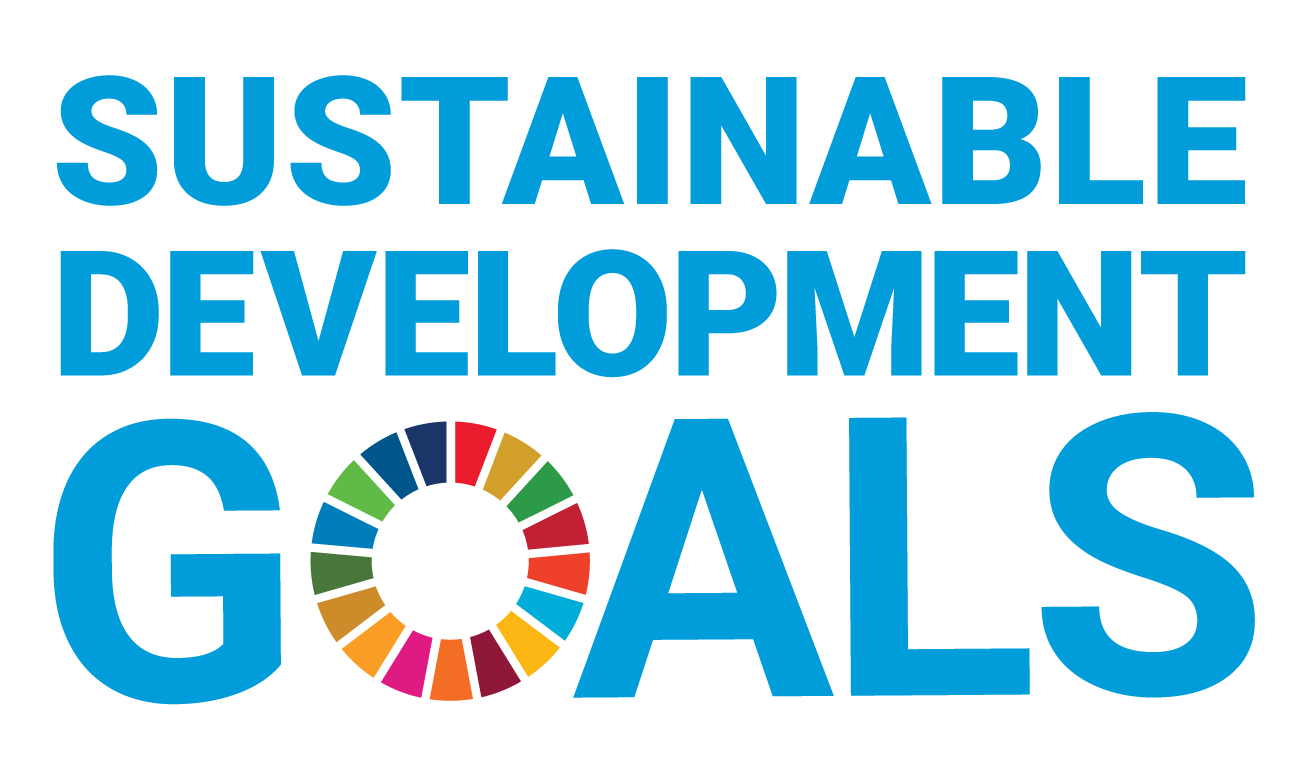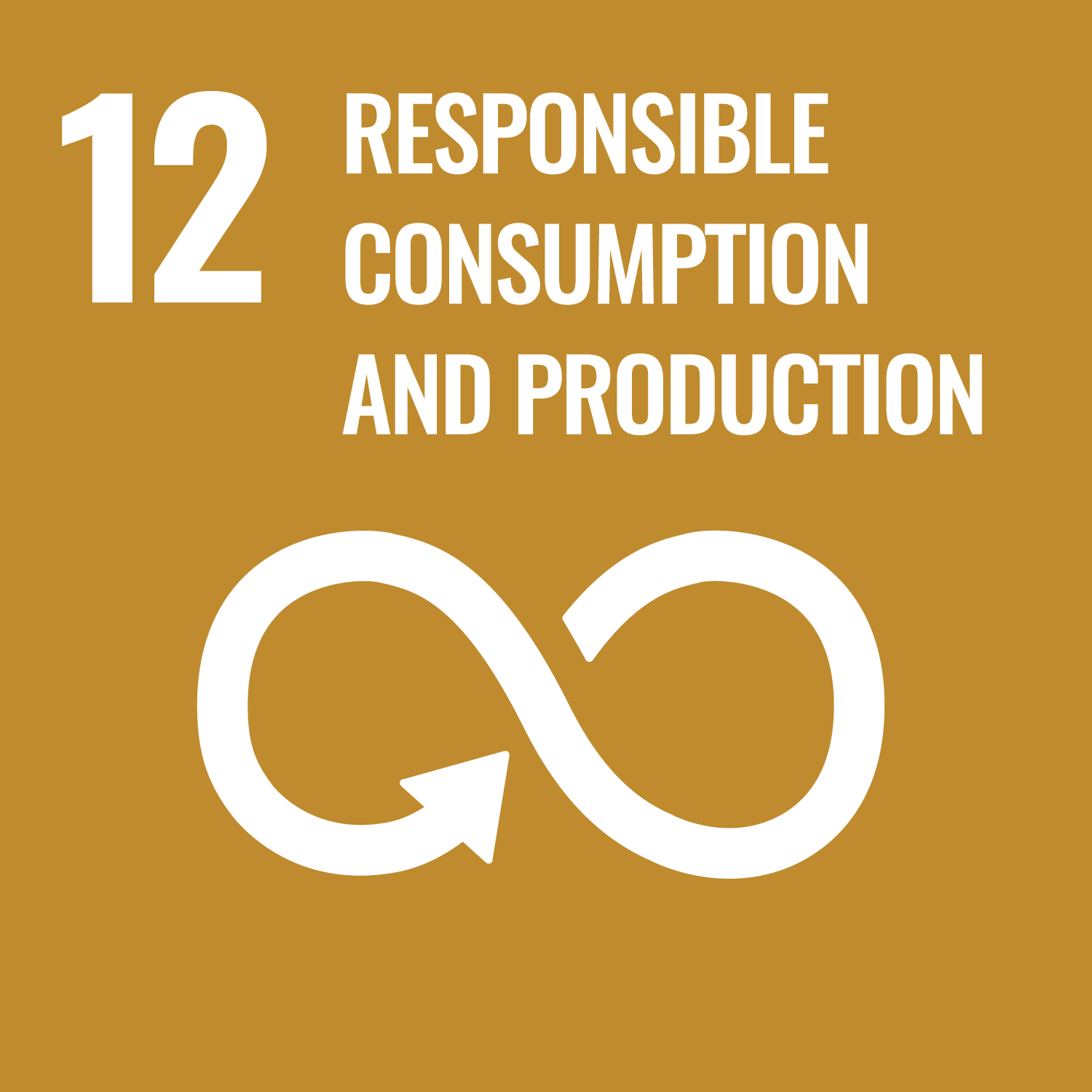New Roads to Sustainable Construction
You can search for courses, events, people, and anything else.
From food packaging, to contact lenses and credit cards, plastic is used in almost every aspect of daily life. How did it become such a ubiquitous material in just a few decades?
In her 2015 book Plastic Water, about the rise of bottled water, Professor Gay Hawkins, at Western Sydney University’s Institute for Culture and Society, investigated the history of plastic packaging and how it has transformed food production, markets and waste streams. Her insights highlight how to develop better strategies for managing plastic waste and reduce our reliance on plastic packaging.
“Like the Iron Age and Bronze Age, the 20th century can be thought of as the Plastics Age,” says Hawkins. “It’s the material that has defined our culture.”
While much research on plastics focusses on documenting and managing its environmental impacts, Hawkins is exploring how plastic became a normal part of everyday life and the factors that shaped our reliance on it.
“Plastic has had an unbelievably profound impact on how we live — and our environment,” says Hawkins. “I wanted to understand how it became so popular and the impacts of this new material culture.”
To trace the emergence of plastic over the past century, Hawkins delved into the history of the material and how it was promoted to the public. Before 1950, food was predominantly packaged in glass, cardboard, paper or metal. But the development of light and flexible thermoplastics — plastics that can be moulded using heat — heralded a new era of packaging. Fresh fruit and vegetables were covered in cling wrap on polystyrene trays, coffee was served in Styrofoam cups and polyethylene bottles replaced cartons of milk.
Need to know
- Gay Hawkins is investigating the history of plastic packaging.
- The rise in plastic packaging transformed attitudes towards food and freshness.
- Moving to a circular economy will help fight plastic waste.
With the advent of plastic packaging came various tactics to convince the public of its virtues and life-changing uses. In post-World War II Australia, Hawkins says that the transition to plastic was driven by promotional material from the fast-growing plastics industry.
Ads and articles in newspapers and women’s magazines touted plastic as a new ‘miracle’ material. Cling wrap promised to keep food fresh, and frozen goods sealed in plastic packaging were promoted as convenient and economical.
Plastic industry newsletters also began landing on the desks of executives of food production and packaging companies. They promoted plastic as a superior industrial material that would open new pathways for packaging and circulating goods.
“It completely changed our perceptions of food, freshness and cleanliness,” says Hawkins. “People thought food was better and safer in plastic, it also changed how we managed waste by promoting single use, disposability and the throwaway culture.”
But times have changed. “Most organisations in the world now realise that there is a huge global plastics waste crisis. Many have said it’s equivalent to climate change in terms of its environmental impact,” says Hawkins. And while plastic remains pervasive in daily life, efforts to reduce its detrimental impacts have gained momentum in recent years. For example, many supermarkets have banned single-use plastic bags and are using reusable pallets in their logistical supply chains. Newer initiatives have also been adopted, such as a return to bulk-food-supply stores which use consumer-supplied containers, and container ‘lease’ systems for home delivered groceries, similar to the way milk was commonly delivered decades ago.
“We’re going back to shopping like our grandparents once shopped,” says Hawkins. “Plastic helped to fuel linear economies, which are based on a logic of make-take-waste. But now we’re seeing a return to economies that are more circular, that have a return-or-reuse element to them and which aim to extend the life of packaging or avoid it altogether.”
Hawkins and her collaborators are now investigating the complex social and logistical innovations that businesses need to undergo to combat plastic waste in a circular economy. “Technical innovations like bio plastics are not the best solution to the plastics waste crisis,” she says. “Using less plastic and using it differently is the only solution.”
Meet the Academic | Professor Gay Hawkins
Professor Gay Hawkins has played a key role in the development of Australian cultural studies as an interdisciplinary and philosophically informed practice of social reflection. Her undergraduate and postgraduate degrees were in sociology but she has worked in the field of cultural and media studies since the 1990s. More recently her work has focussed on science and technology studies. She is recognised for research in three distinct areas: the relations between culture and governance, environmental humanities, and economic sociology, markets and materiality. She brings to this research theoretical and empirical approaches that are concerned with the intersections between everyday cultural and material practices and political processes. In 1993 she published From Nimbin to Mardi Gras: constructing community arts, the first book to examine the emergence and impacts of 'community arts' as a field of governmental action. In 2008 she published a major collaborative study of the development of Australia’s unique Special Broadcasting Service with Professor Ien Ang and Lamia Daboussy. The SBS Story: the challenge of cultural diversity documented the complex processes whereby diversity was made a matter of public representation, interest and debate.
Related Articles
Credit
This research was supported by the Australian Government through the Australian Research Council.
© Photoboyko/iStock/Getty © Jasmin Sessler/Unsplash © Ishan Seefromthesky/Unsplash
Future-Makers is published for Western Sydney University by Nature Research Custom Media, part of Springer Nature.








